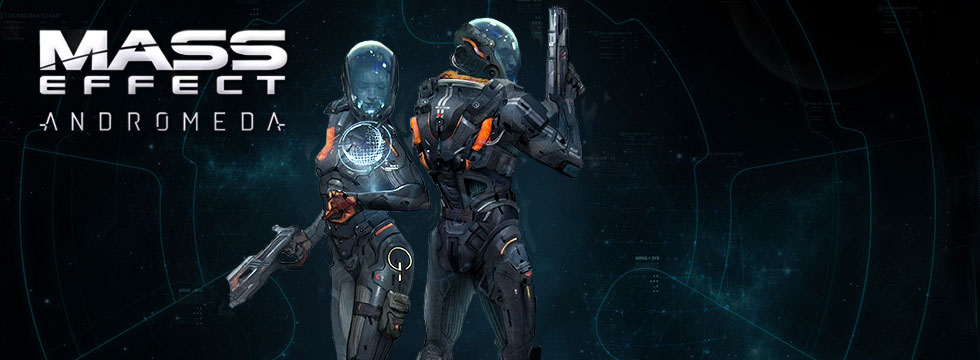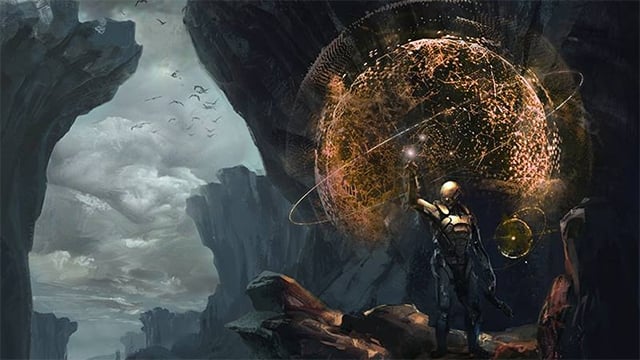The Ark Theory: Does Mass Effect: Andromeda feature a galactic exodus?
We may not know much about the latest installment of Mass Effect series, but that doesn’t stop the fans from coming up with theories concerning its contents. One of the most interesting among them is the one that involves something called the Ark.

- The Ark Theory: Does Mass Effect: Andromeda feature a galactic exodus?
- Dreaming of Andromeda
- Builders of the Ark
- Brave new world
We knew that BioWare is working on a new installment of the Mass Effect franchise for quite some time now, but only during the last E3 it was revealed that the game will be titled Andromeda. Many fundamental questions remain to be answered, including the most important ones: what are humans doing in the Andromeda galaxy and, finally, which ending to the trilogy ends up as the canonical one. Although we can’t expect BioWare to respond to those any time soon, the fan community points at an interesting and quite plausible possibility. The civilizations of the galaxy call it… the Ark Theory.
Warning: This text includes significant Mass Effect trilogy spoilers!
Galactic exile
There are three things we know for sure about the plot of Mass Effect: Andromeda: it will take place in the Andromeda galaxy, it will take place many years after the conclusion of the initial trilogy and, finally, it won’t feature Commander Shepard. That’s not much, to be honest. For starters, we do not know what order of magnitude does the abovementioned “many” mean in a galaxy where members of the longest living species can grow up to be a thousand years old. Another mystery is how the civilizations from Milky Way managed to even reach Andromeda. The Andromeda galaxy is located more or less 2,5 million light years (roughly 25 trillion kilometers) from Earth which is an astronomical distance even by Mass Effect’s standards and when taking into account the technology available in the setting. The Andromeda galaxy may be currently closing in to Milky Way at 110km/s and will collide with it in around 3,75 billion years, but this doesn’t really improve the situation.

The fastest known FTL drives, available only to the Reapers, can achieve a maximum velocity of 30 light years per 24 hours (that’s roughly twice the speed of any ship available to the Citadel Council races), which would allow them to reach the Andromeda galaxy in circa 230 years. Even then you have to remember about the limitations of the existing technology – they need to discharge the FTL drive during long distance travel. The general assumption is that a standard eezo core reaches charge saturation (when a drive discharge becomes a necessity) after 50 hours of operation, which means roughly every 2 days. Due to the principles of the drives’ operation, this time span will become proportionally shorter for ships heavier or faster than average. Drive discharge can only be carried out under certain conditions and may take less than an hour (when conducted in a powerful magnetic field of a gas giant), but up to several days (if conducted in a magnetic field of a small moon). We cannot deny the possibility that the Reapers somehow managed to overcome this limitation while in dark space since after Sovereign’s destruction they used FTL to travel the distance separating them from the batarian space. According to Mac Walters, the main writer of Mass Effect 3, their journey began right after the events of the initial Mass Effect and took them about 2 years to reach their destination. If so, the distance they covered equals to roughly 22 thousand light years. That’s a lot, but still over a hundred times less than the distance separating two galaxies.